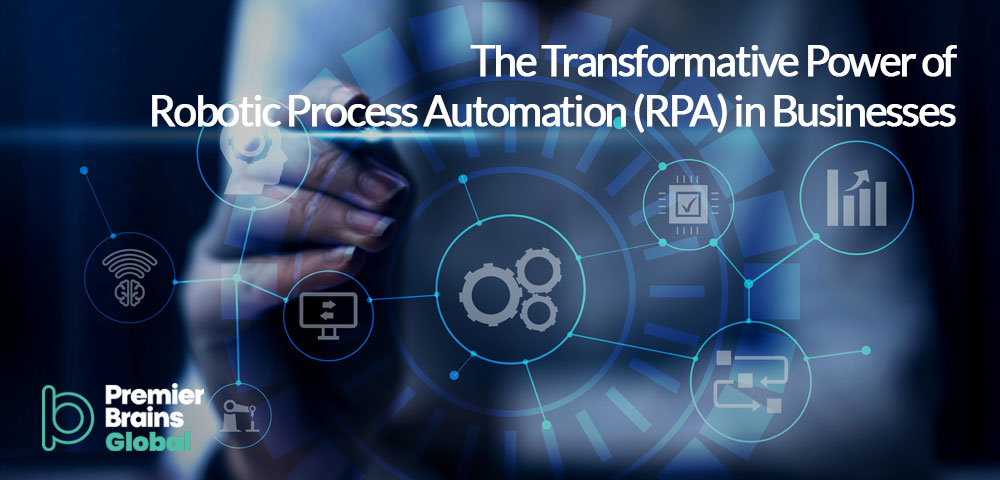Introduction
In recent years, the business landscape has witnessed the rapid rise of Robotic Process Automation (RPA) as a disruptive technology that is revolutionizing various industries. RPA, a form of business process automation technology, employs software robots or bots to automate repetitive, rule-based tasks and streamline complex workflows. This cutting-edge technology has emerged as a game-changer, transforming businesses across sectors and offering numerous benefits. In this blog, we will explore how RPA is reshaping the way organizations operate, enhance productivity, and achieve operational excellence.
Enhanced Efficiency and Productivity
One of the primary advantages of RPA is its ability to significantly enhance operational efficiency and productivity. By automating repetitive tasks, such as data entry, data extraction, invoice processing, and report generation, organizations can reduce human errors, improve accuracy, and increase output. RPA bots can work tirelessly 24/7, ensuring faster processing times and improved turnaround times. This increased efficiency allows employees to focus on more strategic and value-added activities, leading to higher productivity levels and improved business outcomes.
Cost Savings and Resource Optimization
RPA implementation offers substantial cost savings for organizations. By automating repetitive tasks, companies can reduce their reliance on manual labor, thereby minimizing human resource costs. RPA eliminates the need for additional hiring or outsourcing, leading to significant savings in terms of recruitment, training, and employee benefits. Moreover, RPA can optimize resource allocation by reallocating human resources to tasks that require critical thinking, creativity, and problem-solving skills, thereby maximizing the utilization of human capital within organizations.
Improved Accuracy and Compliance
Human errors can have severe consequences in business operations, especially in areas such as data entry and regulatory compliance. RPA eliminates the risk of manual errors by ensuring consistent and accurate data processing. By following predefined rules and workflows, RPA bots execute tasks without deviation, reducing the chances of mistakes and non-compliance. This increased accuracy not only improves operational efficiency but also helps organizations maintain compliance with industry regulations and standards.
Seamless Integration and Scalability
RPA technology can seamlessly integrate with existing IT systems and applications, making it highly adaptable to organizations' existing infrastructure. RPA bots can interact with various software systems, databases, and web services, allowing them to perform end-to-end automation across multiple platforms. This integration capability eliminates the need for complex system overhauls or custom software development, enabling organizations to quickly implement RPA solutions and realize immediate benefits. Furthermore, RPA offers scalability, allowing businesses to scale their automation initiatives as per their evolving needs, without significant disruption to existing processes.
Enhanced Customer Experience
RPA can have a profound impact on improving the customer experience. By automating customer-related processes, such as order processing, customer onboarding, and query resolution, RPA ensures faster response times and reduces the likelihood of errors. This translates into better customer satisfaction, increased loyalty, and improved brand reputation. RPA can also assist in personalized customer interactions by aggregating and analyzing customer data, enabling organizations to offer tailored products, services, and recommendations. Ultimately, RPA empowers businesses to provide a seamless and efficient customer experience, gaining a competitive edge in the market.
Business Insights through Data Analytics
RPA can be combined with advanced analytics technologies to derive valuable business insights from the vast amounts of data generated during the automation process. By collecting, analyzing, and visualizing data, RPA enables organizations.
 United Arab Emirates
United Arab Emirates
